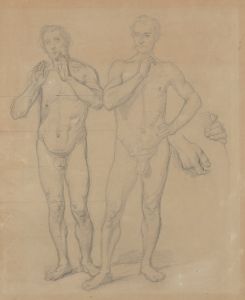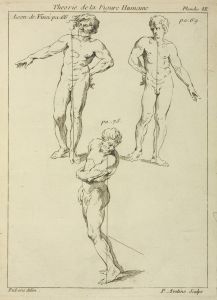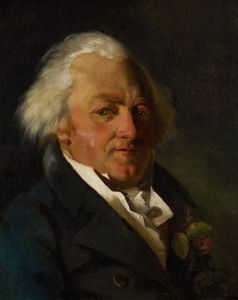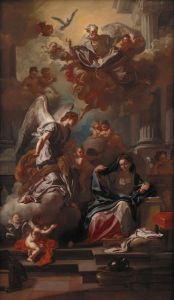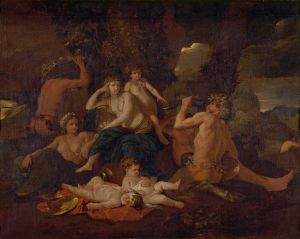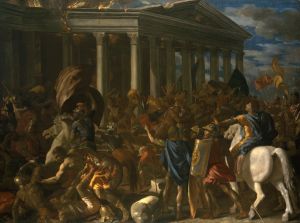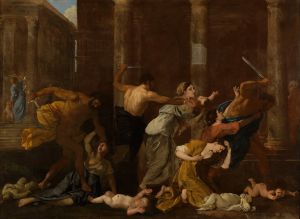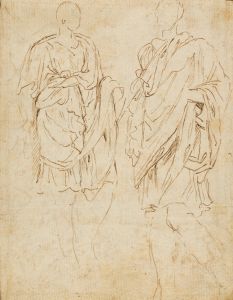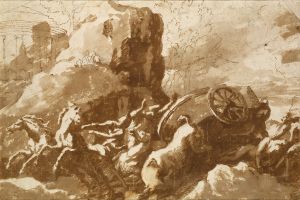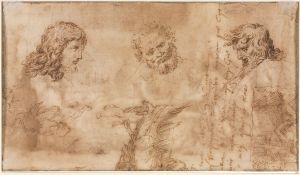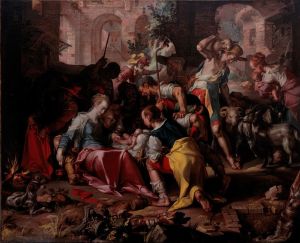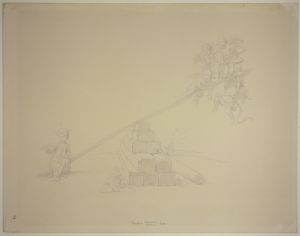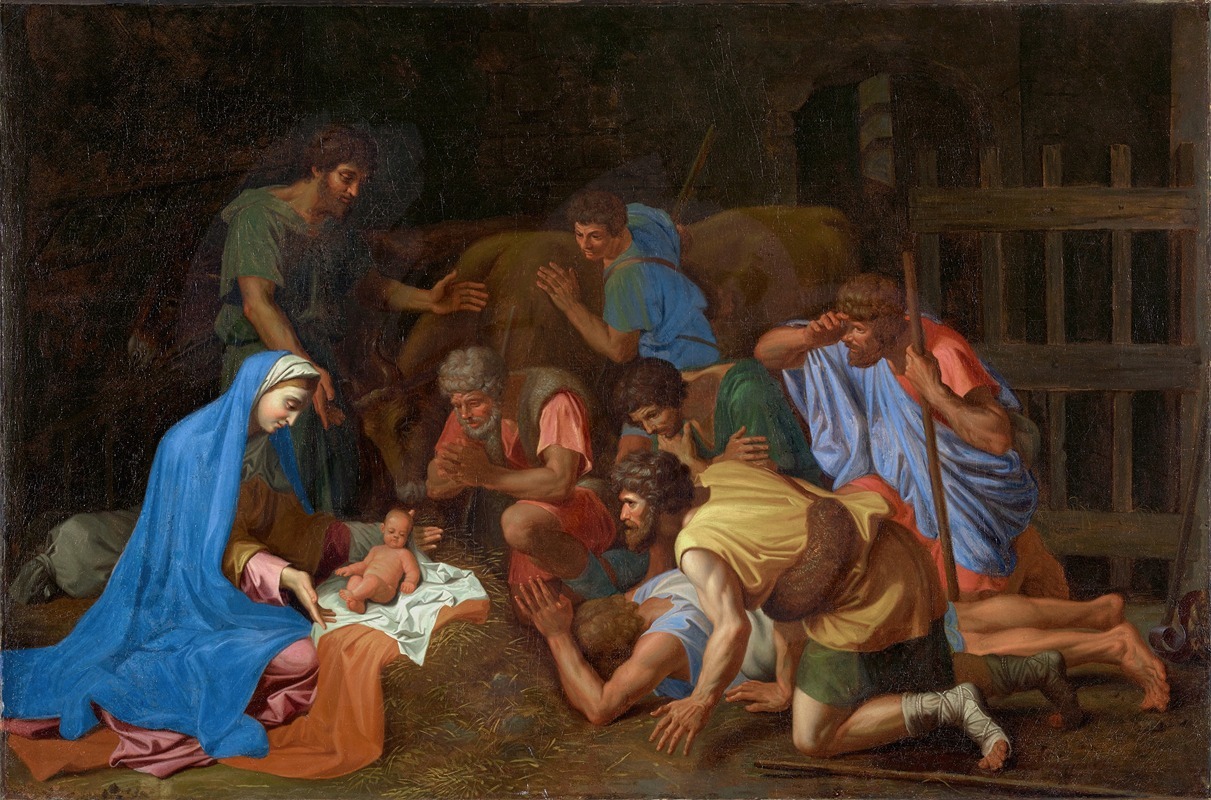
The Adoration of the Shepherds
A hand-painted replica of Nicolas Poussin’s masterpiece The Adoration of the Shepherds, meticulously crafted by professional artists to capture the true essence of the original. Each piece is created with museum-quality canvas and rare mineral pigments, carefully painted by experienced artists with delicate brushstrokes and rich, layered colors to perfectly recreate the texture of the original artwork. Unlike machine-printed reproductions, this hand-painted version brings the painting to life, infused with the artist’s emotions and skill in every stroke. Whether for personal collection or home decoration, it instantly elevates the artistic atmosphere of any space.
The Adoration of the Shepherds by Nicolas Poussin
The Adoration of the Shepherds is a painting created by the French Baroque artist Nicolas Poussin. Completed in 1633, this work is an oil on canvas and is considered one of Poussin's significant religious compositions. The painting depicts the biblical scene of the shepherds visiting the newborn Christ, a subject frequently explored in Christian art. It is currently housed in the National Gallery in London, where it is part of the museum's extensive collection of European paintings.
Poussin's interpretation of the Adoration of the Shepherds reflects his classical approach to composition and his deep engagement with the principles of balance, order, and clarity. The scene is set in a modest stable, with the Virgin Mary and Joseph presenting the infant Jesus to the shepherds, who kneel in reverence. The figures are arranged in a harmonious and carefully structured composition, with the central focus on the Christ child. The use of light and shadow enhances the spiritual significance of the moment, drawing the viewer's attention to the divine presence of the infant.
The painting demonstrates Poussin's mastery of color and his ability to convey emotion through gesture and expression. The shepherds are depicted with a sense of humility and awe, while Mary and Joseph exude calmness and devotion. The architectural elements in the background, including a classical column, reflect Poussin's interest in antiquity and his study of Roman art and architecture during his time in Italy.
Poussin spent much of his career in Rome, where he was influenced by the works of Renaissance masters such as Raphael and Michelangelo, as well as by ancient Roman art. These influences are evident in The Adoration of the Shepherds, particularly in the idealized forms of the figures and the careful attention to detail. The painting also reveals Poussin's interest in narrative clarity, as every element in the composition contributes to the story being told.
This work is an excellent example of Poussin's ability to combine religious themes with classical aesthetics, creating a timeless and contemplative image. It has been praised for its intellectual rigor and emotional depth, characteristics that define much of Poussin's oeuvre. As one of the leading figures of the Baroque period, Poussin's contributions to art history continue to be celebrated, and The Adoration of the Shepherds remains a testament to his skill and vision.





